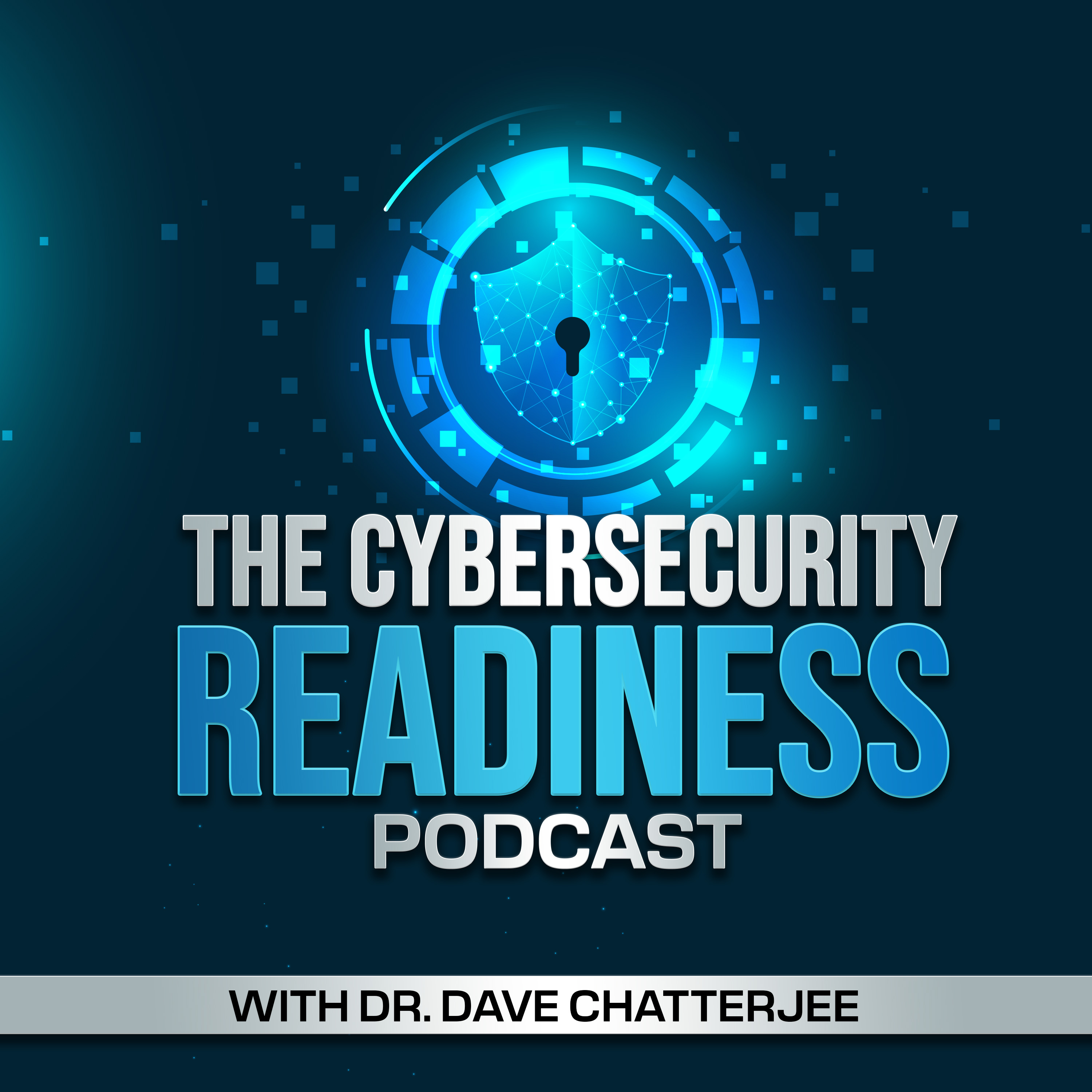Episode 62
The Last Line of Defense Against a Ransomware Attack
Attackers have started increasingly targeting victims' backups to prevent organizations from restoring their data. Veeam's "2023 Ransomware Trends Report" found more than 93% of ransomware attacks specifically targeted backup data. My discussion with Gabe Gambill, VP of Product and Technical Operations at Quorum, revolves around the following questions:
• What vulnerabilities of data backups do ransomware hackers exploit?
• What are the common mistakes and barriers when recovering against a ransomware attack?
• How to successfully recover from a ransomware attack?
To access and download the entire podcast summary with discussion highlights --
https://www.dchatte.com/episode-62-the-last-line-of-defense-against-a-ransomware-attack/
Connect with Host Dr. Dave Chatterjee and Subscribe to the Podcast
Please subscribe to the podcast, so you don't miss any new episodes! And please leave the show a rating if you like what you hear. New episodes release every two weeks.
Connect with Dr. Chatterjee on these platforms:
LinkedIn: https://www.linkedin.com/in/dchatte/
Website: https://dchatte.com/
Cybersecurity Readiness Book: https://www.amazon.com/Cybersecurity-Readiness-Holistic-High-Performance-Approach/dp/1071837338
https://us.sagepub.com/en-us/nam/cybersecurity-readiness/book275712
Latest Publications:
Preventing Security Breaches Must Start at the Top
Latest Webinars:
How can brands rethink data security to maintain customer trust?
Cybersecurity Readiness in the Age of Generative AI and LLM
Insights for 2023, Cybersecurity Readiness with Dr. Dave Chatterjee

